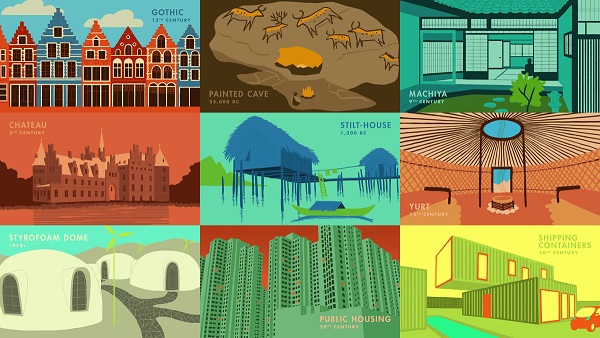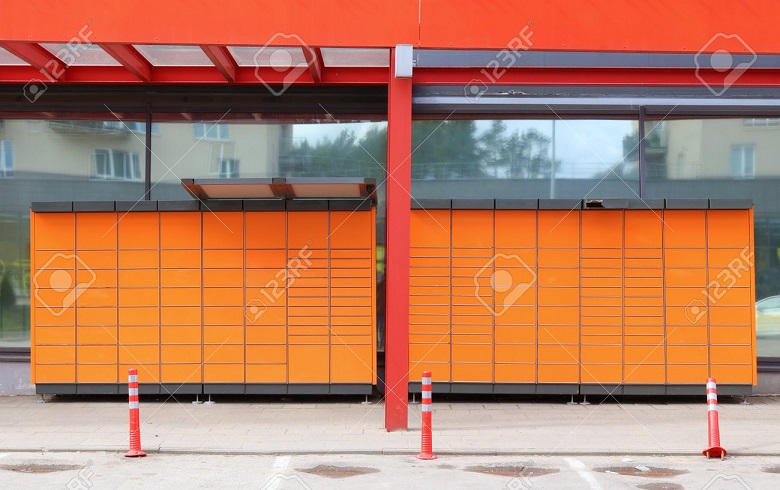House signs, a seemingly simple yet significant part of our daily lives, have a rich history that spans centuries. These signs, often taken for granted today, have evolved from rudimentary markers to intricate works of art that reflect the cultural, social, and technological changes of the times. Understanding the evolution of house signs provides not only a glimpse into the history of architecture and design but also an insight into the broader societal changes that have influenced their development.
Ancient Beginnings
The concept of house signs dates back to ancient civilizations. In ancient Rome and Greece, house signs were used primarily by businesses rather than private residences. These signs often depicted symbols that represented the trade or service offered, such as a hammer for a blacksmith or a loaf of bread for a bakery. Given that many people were illiterate, these pictorial signs were essential for identifying businesses and homes alike.
The Medieval Period
During the medieval period, house signs became more widespread across Europe, especially in towns and cities. As urbanization increased, the need for a systematic way to identify houses and businesses grew. House signs during this era were often made of wood or stone and could include symbols, names, or even religious icons. For example, it was common to see signs with crosses or saints’ images, reflecting the strong influence of the Church during this period.
The use of heraldry also became prevalent during the medieval period. Nobles and wealthy families would often display their coats of arms on house signs as a symbol of status and lineage. These signs were typically crafted from stone or metal, indicating the owner’s wealth and position in society.
The Renaissance and Early Modern Period
The Renaissance period brought about a transformation in the design and significance of house signs. As literacy rates began to rise, written house numbers and names started to appear alongside traditional pictorial signs. This shift was also driven by the increasing complexity of cities, where the need for more precise identification of buildings became necessary.
During this time, house signs became more ornate, reflecting the artistic trends of the period. The use of wrought iron became popular, and signs were often decorated with intricate scrollwork and other decorative elements. These signs were not just functional; they were also a way for homeowners to showcase their taste and status.
The 18th and 19th Centuries
The industrial revolution brought about significant changes in the production and design of house signs. With advances in manufacturing, house signs could be produced more quickly and at a lower cost. Cast iron became a popular material for house signs during the 19th century, and the design of these signs reflected the Victorian love of ornamentation.
In England, the development of postal services in the 18th century led to the introduction of standardized house numbering systems. This change marked a significant shift in the function of house signs, from being primarily decorative to serving as essential tools for navigation and communication.
The 20th Century to Present Day
The 20th century saw further evolution in house signs, driven by technological advancements and changes in architectural styles. The rise of modernism in architecture led to simpler, more minimalist designs for house signs. Materials such as aluminum, plastic, and acrylic became popular, offering durability and versatility.
Today, house signs are as varied as the homes they adorn. The rise of digital technology has allowed for even greater customization, with homeowners able to design and order personalized house signs online. These signs can range from the traditional to the contemporary, using materials such as stainless steel, glass, and even LED lighting.
Moreover, the function of house signs has expanded beyond mere identification. They are now used to convey personal style, celebrate achievements, or even express political or social beliefs. In some neighborhoods, particularly in gated communities or areas with homeowners’ associations, house signs are part of a larger aesthetic code that helps maintain a uniform appearance across the community.
Conclusion
The evolution of house signs through history reflects the broader changes in society, from the rise of urbanization to advancements in technology and shifts in artistic trends. What began as simple markers for identifying businesses and homes has grown into a diverse and creative form of expression. Today, house signs continue to play a vital role in our lives, serving both practical and aesthetic purposes, while also offering a window into the past.
Read More: Top-Rated Courier Services in Bangladesh: Swift, Reliable & Affordable



